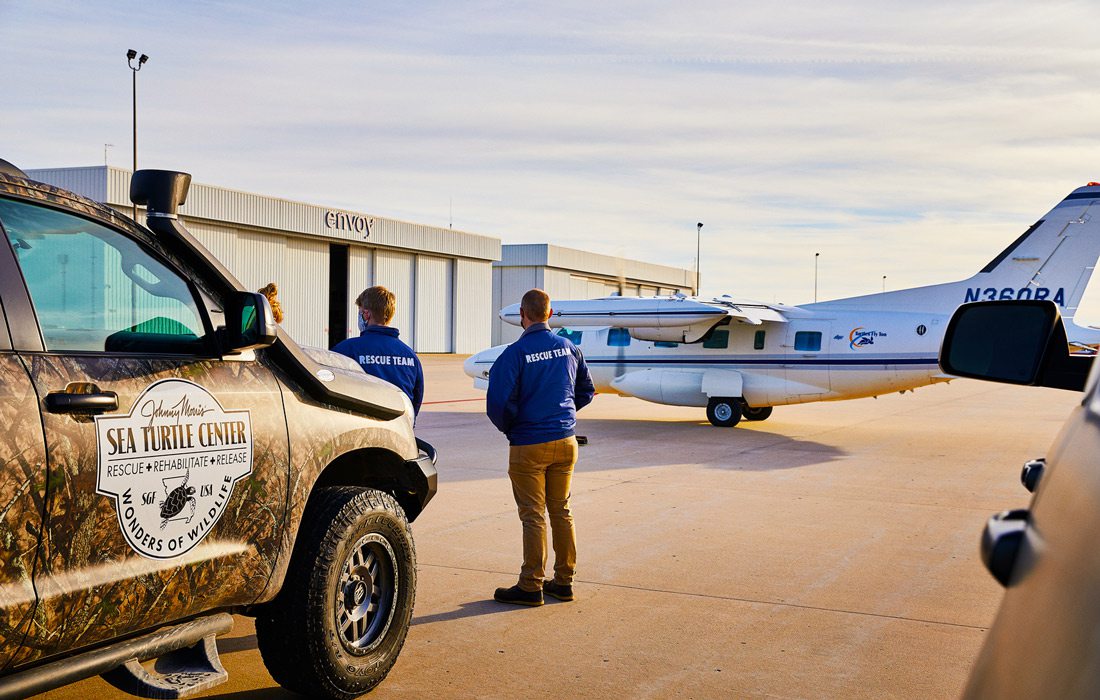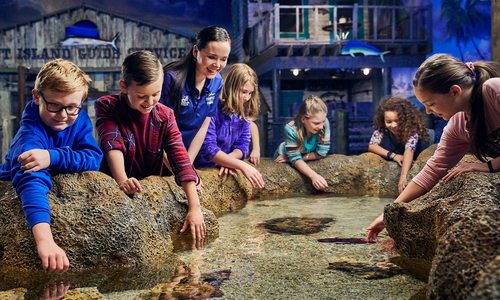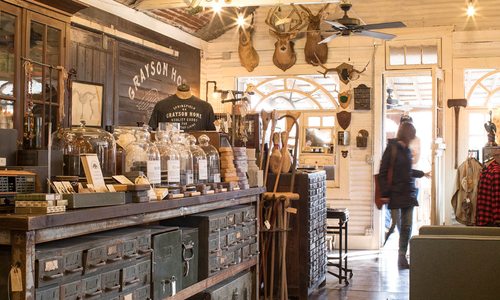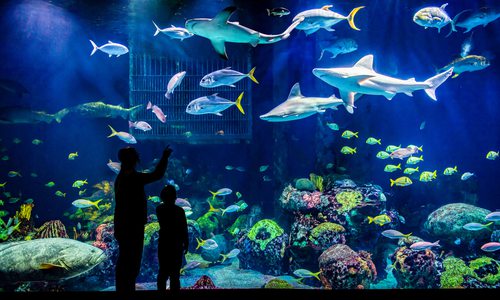Lifestyle
Wonders of Wildlife is Saving Sea Turtles
When 12 loggerhead sea turtles needed special care last year, they headed to Wonders of Wildlife.
by Ettie Berneking
Jun 01 2021 at 9 a.m.
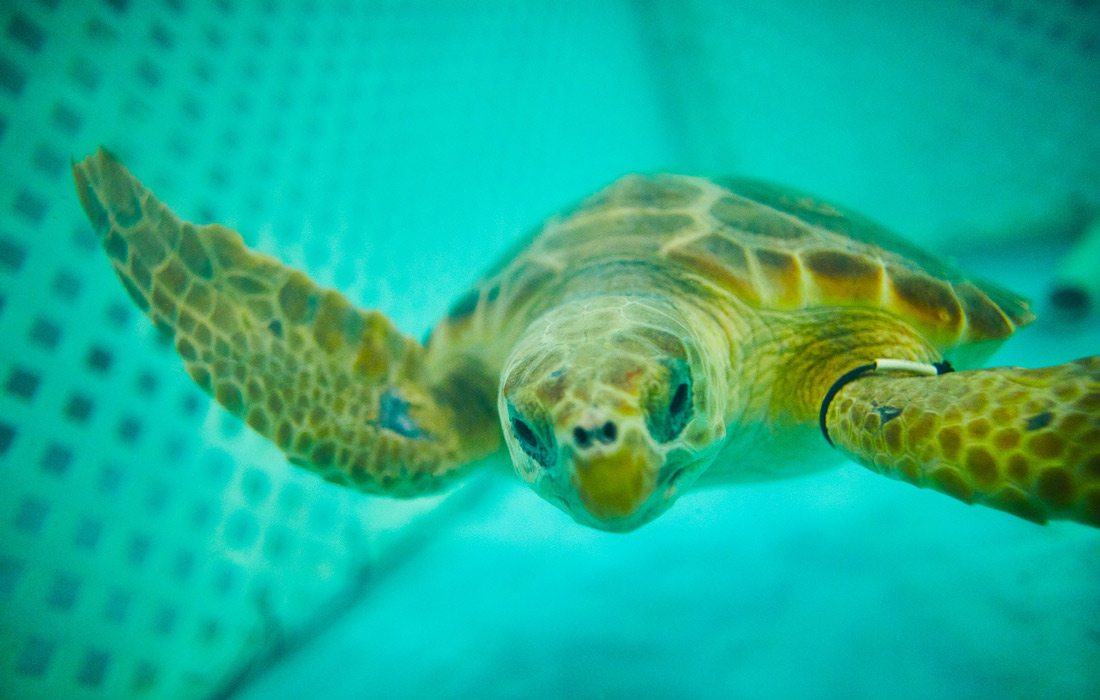
The Midwest is not exactly the typical spot for sea turtle rehabilitation, and up until last year, Missouri didn’t have a facility capable of helping rescue these beloved sea creatures. That all changed in 2020 when water temperatures in the ocean suddenly dropped. This event is called a cold stunning, and Wonders of Wildlife’s General Curator Mike Daniel says it was the largest live cold stunning event on record. Sudden drops in water temperature often happen in shallow areas, and in 2020, the harsh cold stunning event occurred near Cape Cod.
Loggerhead sea
turtles in the area suddenly went into hypothermia and started washing
up on shore. When the NOAA Fishery Services rescued the turtles and
began looking for places to rehab the injured turtles, they reached out
to Bass Pro Shops Wonders of Wildlife National Museum & Aquarium.
Seeing the opportunity to help out, WOW set up the Midwest’s only sea
turtle rescue center. Now Mike is here to talk about what it was like to
rehabilitate 12 sea turtles and return them to the ocean.
PRESENTED BY
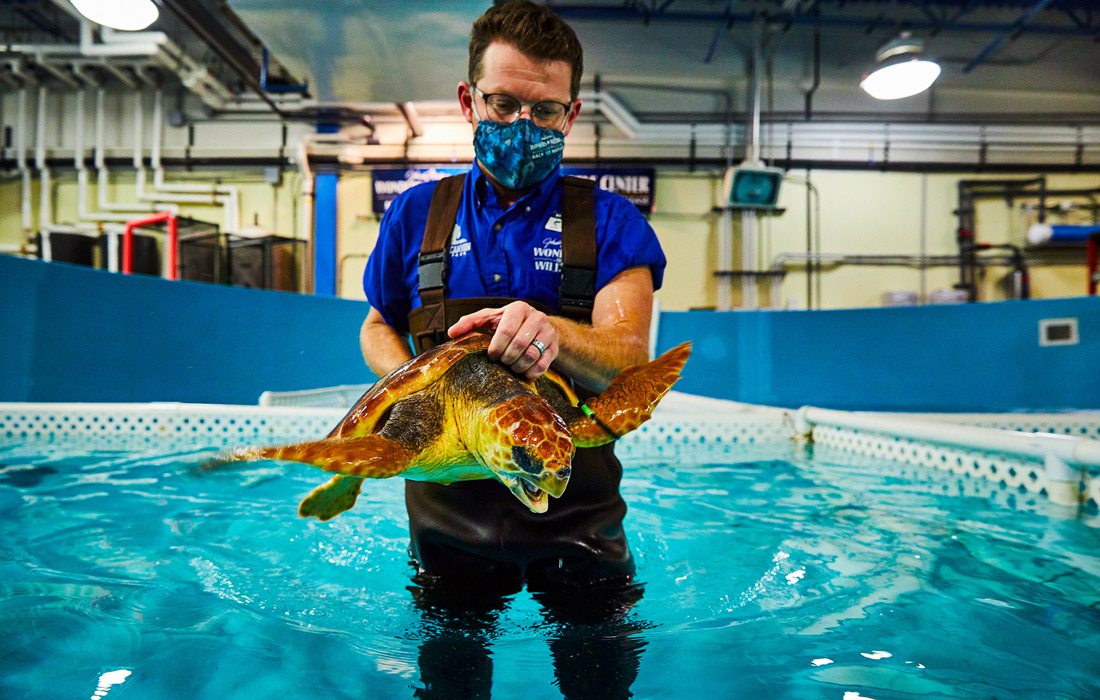
What kind of distress were the turtles in when they reached your team at WOW?
The turtles enter a stage of hypothermia, and they can’t swim very well and start to wash up on the beaches. A lot of them will develop pneumonia, and they need veterinary care, which includes x rays, blood work and medications to fight off the infections. In a best case scenario, some of these turtles need a few weeks to warm up and get their appetites back. But others, like the ones we got, needed blood work, x rays and medication.
WOW didn’t have a turtle rescue center before this, so why did NOAA reach out to you?
We started having conversations when they realized they had a shortage of room to rehab the turtles. We already have two female green sea turtles that are non-releasable, so we had the expertise to take care of these turtles and our veterinary and husbandry team is knowledgeable.
What were the turtles like when they arrived?
When they first showed up, they were extremely lethargic because they had been so cold. They could all swim and breathe naturally, but they were just moving extremely slow. Then they became more active and more interested in food as they gradually warmed up.
What was on the turtles’ menu?
We have human-grade fresh seafood that’s a combination of herrings, squid and shrimp and live crab and whelk. You have to be careful though because they’re going back out in the wild, and you don't want them to learn that humans are a source of food. You do a feeding quickly and then move away so you can record their eating.
What kind of medical care did the turtles need?
We have a large tank that we divided into quarters, so the turtles were put into quadrants based on known medical needs. Then we wrote a number on the shell of each turtle, so our team would know which turtle was which. We administered antibiotics through syringe. We’d get in the tank and catch the animal to give them the injection, and then we’d let them go and get out of their way. We also used our x ray equipment to monitor their lung condition to make sure progress was what we wanted.
